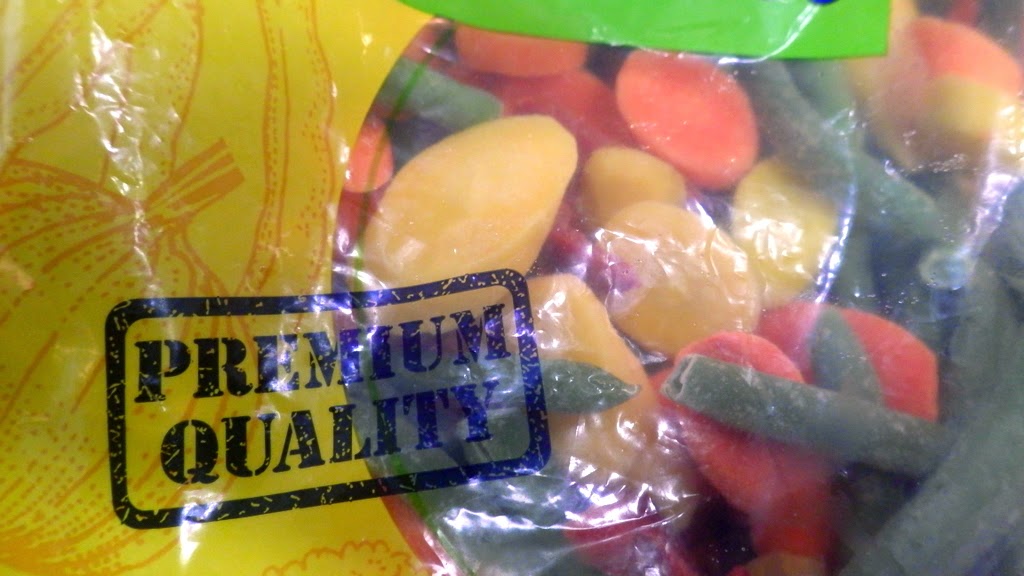Ever since I started cooking I've aimed towards scratch cooking; everything handmade and rustic. Now that I have a broader sense of GMO-free, organic and local farming I incorporate those variables in the kitchen, too. I see myself as more of a middleman between the land and the people, and not so much a chef. I've traveled to some pretty darn remote and crazy kitchens on Earth, and I've also seen alien greenhouse operations, e.g. South Pole Station greenhouse during winter of 2010. With a little hands on in the dirt at an organic farm in Hawaii and extensive knowledge on cooking I'm looking to blend the two into my life. What I am proposing here is that wherever fresh produce is being served, it should be grown on site also. It doesn't matter if it's Antarctica, on the International Space Station or in your front yard and on top your roof. To grow your own food grounds you to your surroundings and encourages respect and conservation for those gifts of nature that we so often enjoy. Keeping the fire burning.
Today is May 25th... 3-6 inches of snow and 32 degrees outside. Forecast for the week is all the same. Could be snow free by mid-June. A few weeks ago it was sunny every day and the snow was melting rapidly, we thought it was going to be an early melt, but looks like the winds are changing.
This was taken a week ago when the creek opened up into the Toolik Lake.
Getting back to the local and organic food scene... this is why I steer away from processed vegetables. It comes in a plastic bag, the product is tasteless and perhaps less nutritive, it has artificial color to it and it's more like a plastic vegetable.
If you go to an organic farm and raise heritage crops, they will likely look nothing like this.
These are the fresh veggies we do get brought in, but they are not organic and are grown in a very commercialized and engineered environment. Veggies grow very simply with dirt, water, sun and a little human interaction. We don't need machine cutters and slicers, plastic wrappers, box cutters just to handle vegetables... we don't need to transport these crops from the farm to a warehouse for processing, then back on a plane to the distributor and finally shipped to the kitchen. We need to grow our own food.
Hence, my proposal to build Toolik's first garden to supply our kitchen with freshies. If/when this free-market garden is executed it will serve as a model for indigenous tribes of north to be able to grow their own produce as well as educate their children on sustainable living. The reality that polar region communities are witnessing environmental changes that are restricting traditional diets and hunting, fishing and harvesting practices means we have to act to adapt our diets and methods to maintain a relationship with where our food comes, and not rely so much on the importation of processed and inorganic foods.
The Arctic garden idea involves both the traditional soil, sun and dirt method and the hydroponic method, especially for winter. No better way to start it than to use food waste (vegetable tops) and put them in water for regrowth. Next step will be to tract down a viable soil source. The possibilities are endless... 100% off grid using solar and wind, obtain Alaskan heritage seeds from farmers in the Matsu family and bring them up north, harvest seeds from the garden and keep a sustainable supply, recycle the stations grey water and even naturally purify it before it's pumped back into the ground, recycle food waste with composting, minimize the carbon footprint of shipping produce thousands of miles to the Arctic. The goal is to keep it simple, alive and open the door for future research into high latitude organic farming. This could be Alaska's most northern Arctic garden right now?
Carrots.
Turnips.
Celery.
All I'm waiting for is brother sun to shine down and melt the snow so I can find soil to walk on and harvest.
















